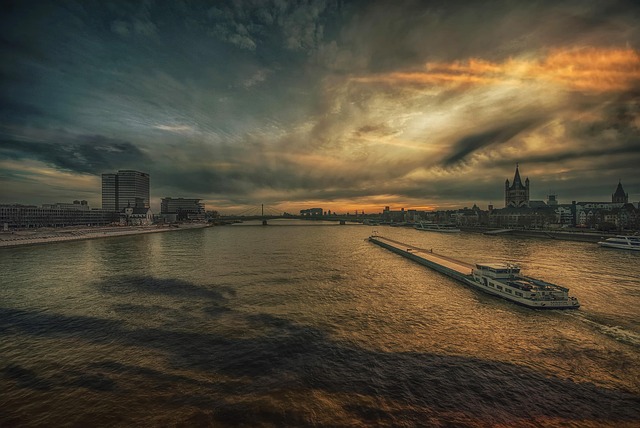Mastering Noise Filtering: A Crucial Step in Optimizing Your Camera’s Exposure
In the world of photography, there’s an often overlooked yet critical aspect that can make or break your images: noise filtering. Imagine carefully composing a shot, adjusting your camera settings, and finally pressing the shutter button, only to look at the results and find grainy, distracting noise ruining your beautifully captured moment. This is where mastering noise filtering becomes essential in optimizing your camera’s exposure.
Noise can creep into your photographs due to various factors such as high ISO settings, long exposure times, or simply the limitations of your camera’s optics. As photographers, we strive to create images that not only tell a story but also evoke emotion. However, when excessive noise takes center stage, it can diminish the impact of our artistry.
Understanding the types of noise is the first step towards effective noise filtering. There are two main types: luminance noise, which appears as grainy texture, and chrominance noise, presenting as colored speckles throughout your photo. Recognizing these different types can help you choose the best filtering methods to apply during post-processing or even while shooting.
When it comes to noise filtering in photography, prevention and reduction go hand in hand. Keep in mind that the higher the ISO sensitivity you use, the more likely you will introduce unwanted noise into your images. As a general rule, try to shoot at the lowest ISO possible. In situations where lighting is less than ideal, explore alternative strategies, such as using a tripod for longer exposures, which allows you to maintain a lower ISO without sacrificing image quality.
Investing in high-quality optics is another crucial factor in minimizing noise. High-end lenses often provide better light transmission and sharper images. This can significantly reduce the noise levels you experience, allowing your camera to perform to its fullest potential even in challenging lighting conditions.
When editing your photographs, noise filtering can be achieved through various software tools. Many editing programs come equipped with noise reduction features that can effectively soften the appearance of noise without sacrificing detail. It’s important to find a balance, as excessive noise reduction can lead to overly smooth images that lose their character.
Moreover, learning how to apply selective noise filtering can take your photography to the next level. Instead of applying noise reduction uniformly across your entire image, consider targeting only the areas affected by noise. This approach helps retain detail in other parts of the photo, ensuring you maintain the integrity of your subject while effectively minimizing distractions.
Ultimately, mastering noise filtering isn’t merely a technical skill but an integral part of the artistic process in photography. Each decision you make—from camera settings to post-processing techniques—will influence the quality of your images and how well they resonate with your audience. It’s about creating visuals that are not just clear but impactful, allowing you to share your unique vision without the interference of unwanted noise.



